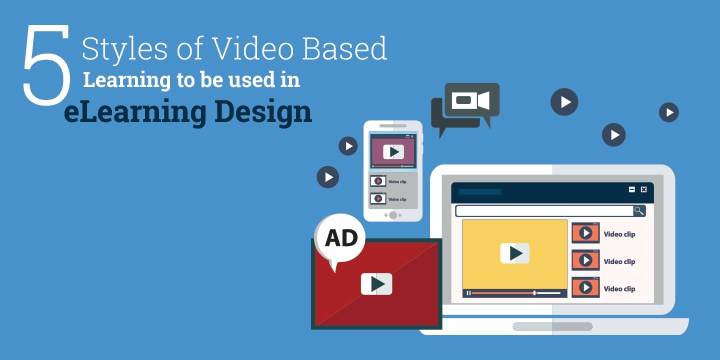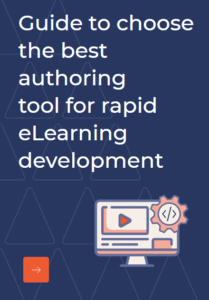eLearning as we have very often emphasized, focuses on retention or recall and implementation. While interactives, simulations, game-based learning etc. are often considered as effective ways to do so, Videos have often been used to effectively deliver training (read more about how that is done here). According to Cisco Visual Networking Index: Forecast and Methodology, 2016–2021, “global video traffic will be 82 percent of all consumer Internet traffic by 2021, up from 73 percent in 2016 and the Video-on-Demand (VoD) traffic will nearly double by 2021.”
Not a surprise, considering the average time each individual spends binge watching n Netflix these days. As mentioned in Edgar Dale’s Cone of Learning, “people generally remember 10% of what they READ, 20% of what they HEAR, 30% of what they SEE, 50% of what they SEE and HEAR, 70% of what they SAY and WRITE, and 90% of what they DO.”
Videos cover both the Hear and Say part and the Do part (discussed in detail here). So, what are they styles or types of video-based learning that can be used in eLearning design? Here are 5 commonly used styles.
1. Video-based Presentation
Call it the simplest trick in the book. Today we have easy to use tools that create videos using simple text, image transitions. The animation styles, typography etc. can be modified to fit the need. Such videos can be created both by the trainer and the user (user-generated content), and facilitates simple training courses.
2. Learning Nuggets (also called Infomercial Nuggets or Micro eLearning)
Bite-sized videos of 1-3 minute have already been considered as effective ways to engage the millennials, and to deliver on-the-job training. We discussed about the connect between videos and micro eLearning in a post earlier.
3. Live Video Feeds
While Instructor-led training might be not so popular today, live videos, podcasts etc. are gaining prominence. The videos where instructors explain concepts are reinforced with animations and live question answer sessions to make it more appealing and engaging. The positive aspect of such videos is that the human element creates a bond. Instructors also use many real-life experiences/examples that help learners understand the concepts better.
4. Explainer Videos
Explainer videos can be fully animated, slide-based, live videos, or a mixture of different types. Such videos can be used for introducing an app’s usage or complex things like repairing an aircraft. It influences training to a great extent.
5. Interactive Videos
The newest kid in the video-learning block, interactive videos are considered as the new age of eLearning. There are different ways of using interactive videos as a part of the training strategy. Adding actions to the otherwise passive activity often increase the retention levels too.
Videos can be used to deliver Product training or Demonstrations, Process training, Skills training (targeting behavioural changes), Software training, Course introductions and even for Induction and On-boarding. Videos are very often used to deliver effective Sales training.
From making eLearning engaging and effective to enhancing participation and retention by reducing the cognitive stress, videos are truly effective for training delivery. The key however lies in creating the right videos (here are 9 things to focus on while creating elearning videos) for the right context.
Have you used eLearning Videos yet? If not, get started now. And if you have any queries related to eLearning, get in touch to have your queries answered.



